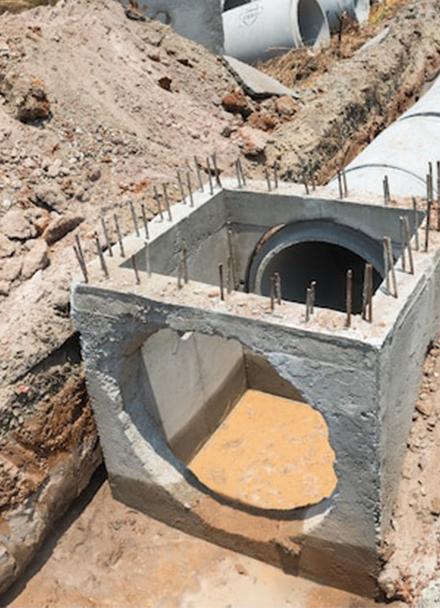- Phone:+91 9619 774 868 | 8169 189 834
- Email: gharatsiddhesh0@gmail.com


Drainage is the process of removing liquids or water from a space. On occasion, unwanted or surplus water or fluids (for instance, water containing various types of wastes) might build up on the surface or below the surface. In order to manage water supply or to dispose of such surplus or unnecessary water, effective and efficient drainage systems are required. Failure of the drainage system might cause long-term issues that may be challenging to handle in the future.
Leaks resulting from inferior drain systems are a common cause of drainage issues. Another frequent issue is clogged drains. Such obstruction may be caused by sediment, organic waste, lipid products, etc. building up. Ocher (associated to iron hydroxide), which occurs when sediments and water contain reduced iron and bacteria that oxidise and block drains, is another prevalent clogging issue.
Therefore, it is crucial to plan ahead, construct high-quality drainage systems, and do it with sufficient foresight. Different drainage systems can be used, depending on demand and circumstance, to manage water flow, prevent water-logging and its detrimental effects, and in general (plain, landscape, park, building, waste water etc.). Any drainage system would be incomplete without drain pipes. Depending on their specific use, the pipes' diameter varies. For flexible pipes used for smaller water flows, they can be as low as 80 mm. The larger ones, used for enormous amounts of water in industrial and agricultural settings, can have a diameter of up to 1000 mm. A wide range of materials can be used to create drain pipes.
Book Now
